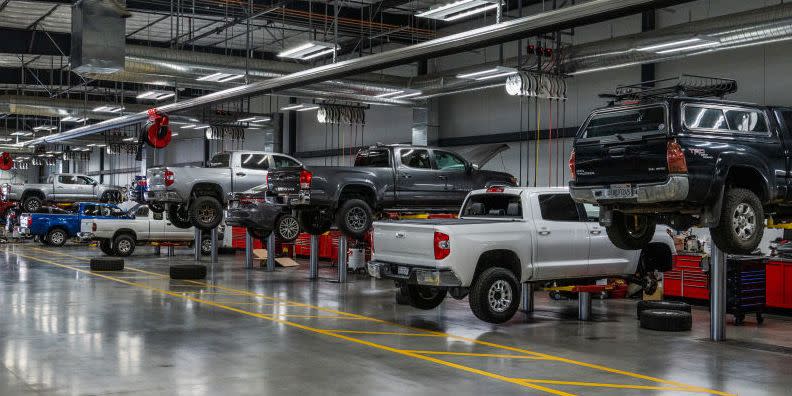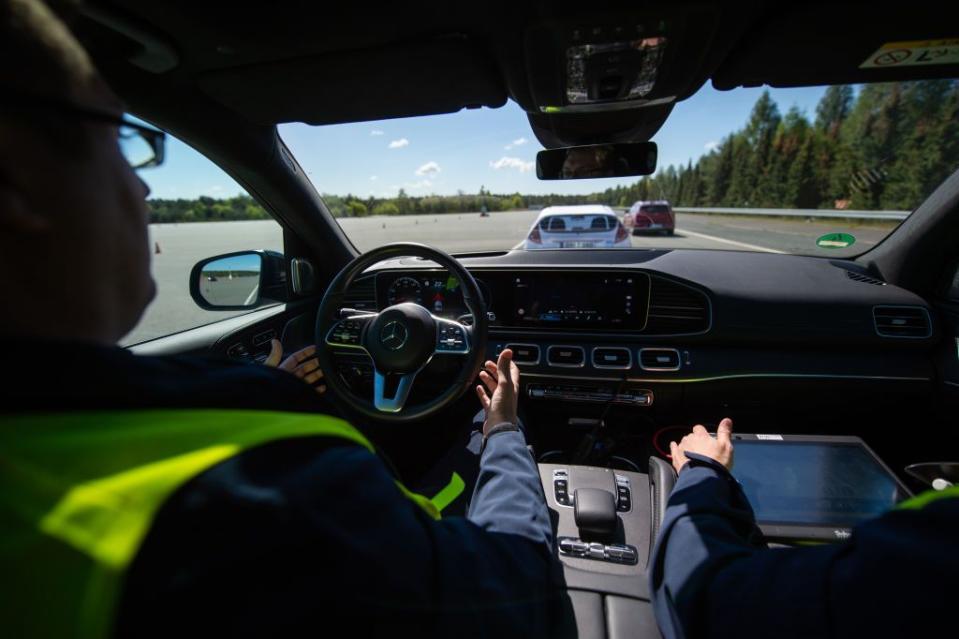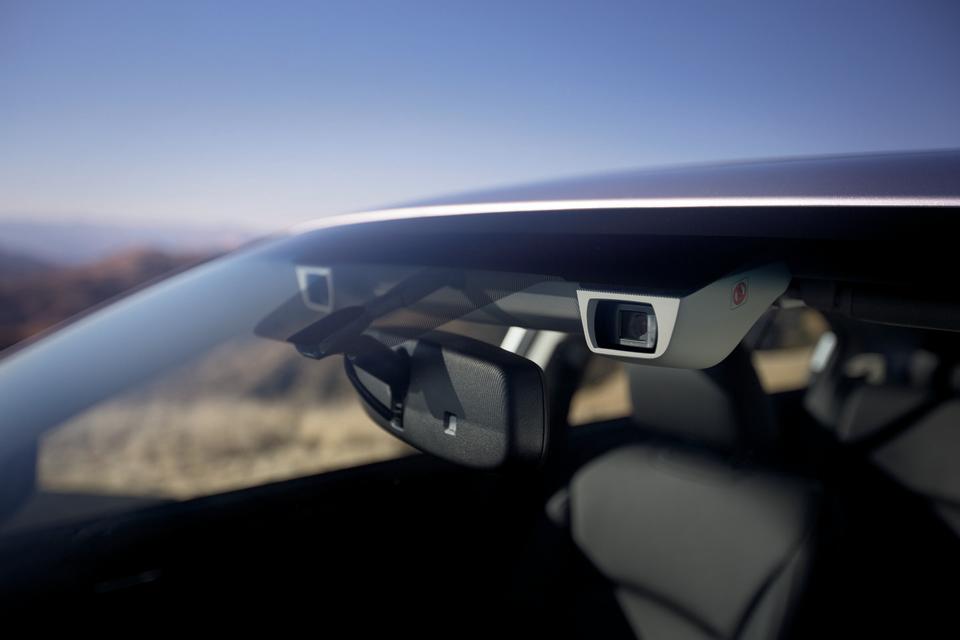Driver Assistance Systems Complicate Repairs, IIHS Says

Advanced Driver Assistance Systems are helping to revolutionize road safety in the 21st century, but not all of these systems are working as intended.
Analysis by the Insurance Institute for Highway Safety shows that some owners with ADAS-equipped vehicles experience recurring issues with repairing and re-calibrating these safety systems.
Technicians, both at dealerships and independent shops, claim better education programs and proper tools are necessary to ensure full functionality following maintenance or crash-related repairs.
Advanced driver-assistance systems (ADAS) have been proven to reduce crashes, period. Whether it's automatic braking through the frontal collision warning system or blind-spot detection stepping in to avoid being sideswiped, these now ubiquitous systems are a significant piece of the road safety puzzle, with police-reported rear-end crashes reduced by 50%. But ADAS technology is still in its infancy and the Insurance Institute for Highway Safety says these systems are creating complexity and expense for the maintenance and repair side of the automotive industry.
Specifically, the IIHS surveyed nearly 3000 drivers about their repair experiences on cars with ADAS and found that while most consumers never had their assistance systems repaired, nearly 500 consumers who did typically had to have these systems repaired more than once.

The worst offenders were front crash prevention and blind-spot monitoring systems, with a respective 59% and 62% of owners who had their systems repaired making multiple trips to the repair shop specifically for recalibration. Naturally, these multi-visit percentages grew when factoring in repairs that involved crash damage and windshield replacement, indicating that it can be difficult to properly recalibrate these advanced systems following a crash.
Those with crash-induced repairs were most likely to have persistent problems, while those who never had the systems recalibrated typically reported no problems. Notably, those who had repairs but never had the systems re-calibrated were significantly less likely to encounter recurring problems as compared to those who repaired and re-calibrated, signaling that some repaired but un-calibrated vehicles could falsely appear as functional.
Additionally, the study found that routine, unrelated mechanical repairs sometimes led to problems with the ADAS systems, in turn requiring additional trips to the shop.

But how can we trust these systems really work if they're so difficult to calibrate and repair? Does the complexity and cost of calibration nullify the benefits of these supposed safety systems? And is it the mechanics or the manufacturers who should face the blame in this case?

 Yahoo Autos
Yahoo Autos 